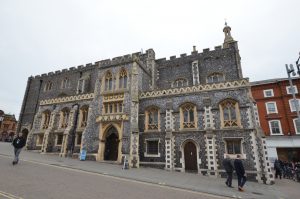
Norwich Guildhall, located on Gaol Hill in the city centre of Norwich is an early 15th Century building and England’s largest provincial medieval city hall outside of London, as at the time Norwich was one of the country’s wealthiest cities. The Guildhall was built between 1407 and 1413 when it replaced the toll-house; a smaller building used for the toll collection on the nearby market. At the time it was used to house the various assemblies and courts that managed the lives of Norwich’s citizens. The three assembly rooms housed the various councils and were also occasionally used as courts. The building also contained a Court of Records, a Chapel, a sword room, cells, and various other rooms. During it’s time as a court it was home to many shackled prisoners. One of its most famous being Thomas Bilney, Britains first Protestant martyr, who spent the night in the buildings cells before being executed in the Undercroft. The graffiti left behind by the many prisoners can still be found in the old police cells beneath the building.
In 1938, Norwich Guildhall handed its duties over to City Hall, as the premises of Guildhall became too small and cramped as the needs of the city grew. Now, The Guildhall is one of the Norwich 12 – a collection of the most iconic buildings in Norwich. Although the premises are no longer used for its original purpose, the building now stands as an important part of Norwich’s history.
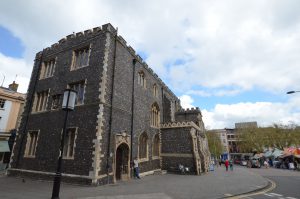
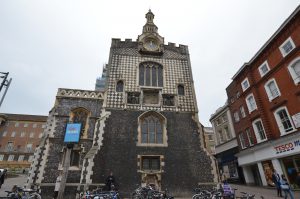
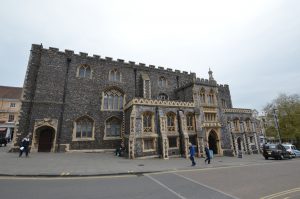

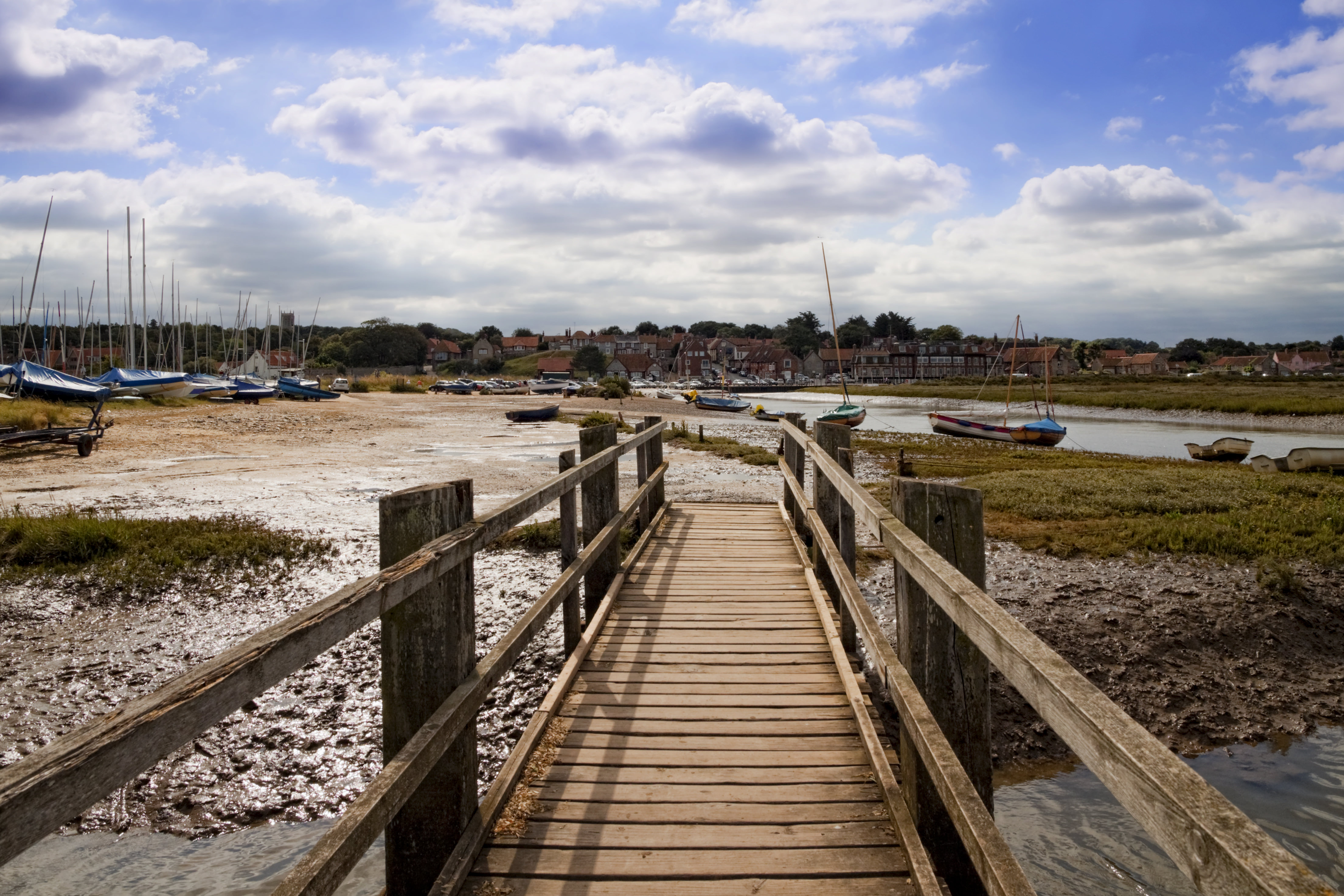
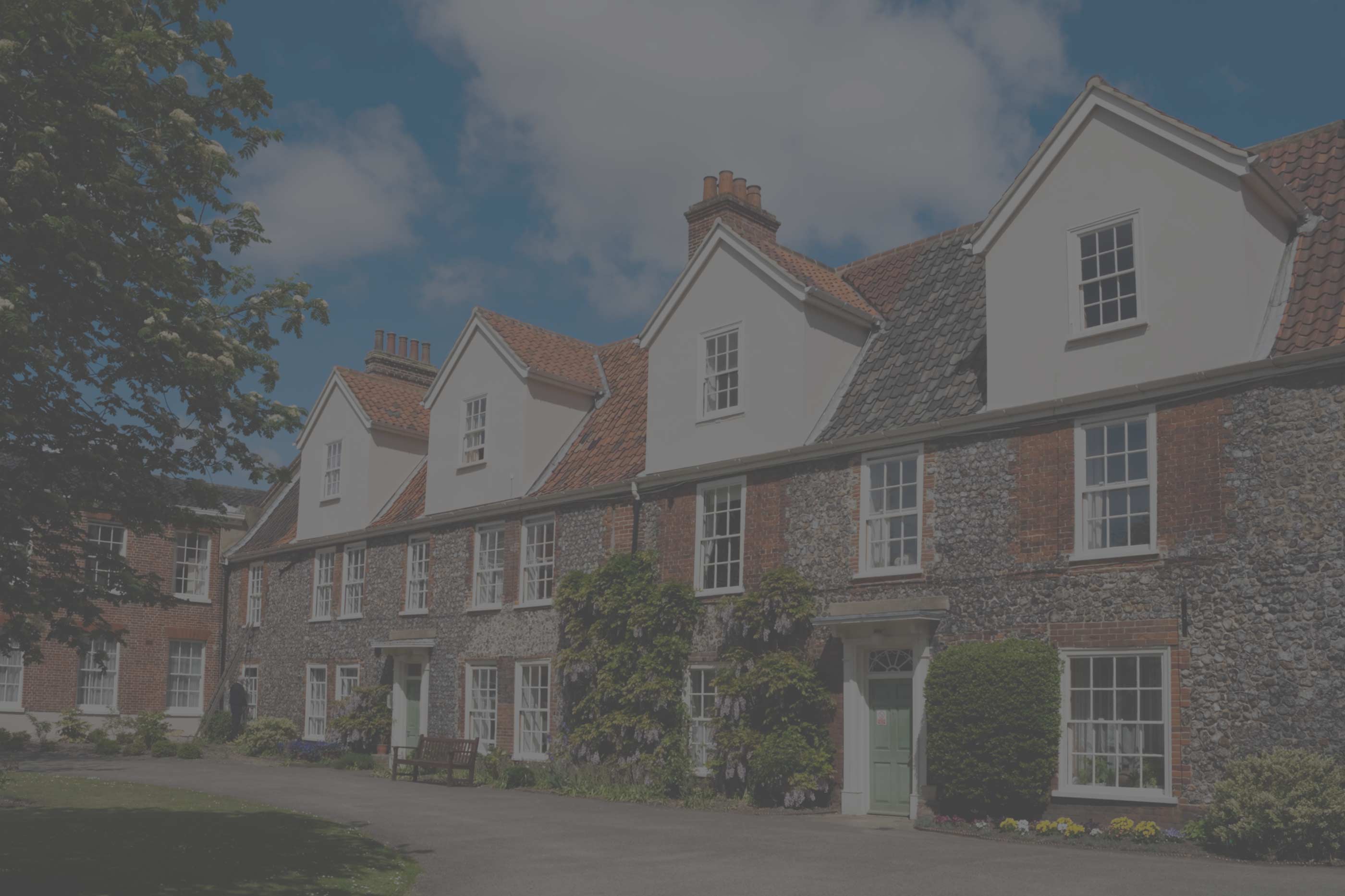
Recent Comments